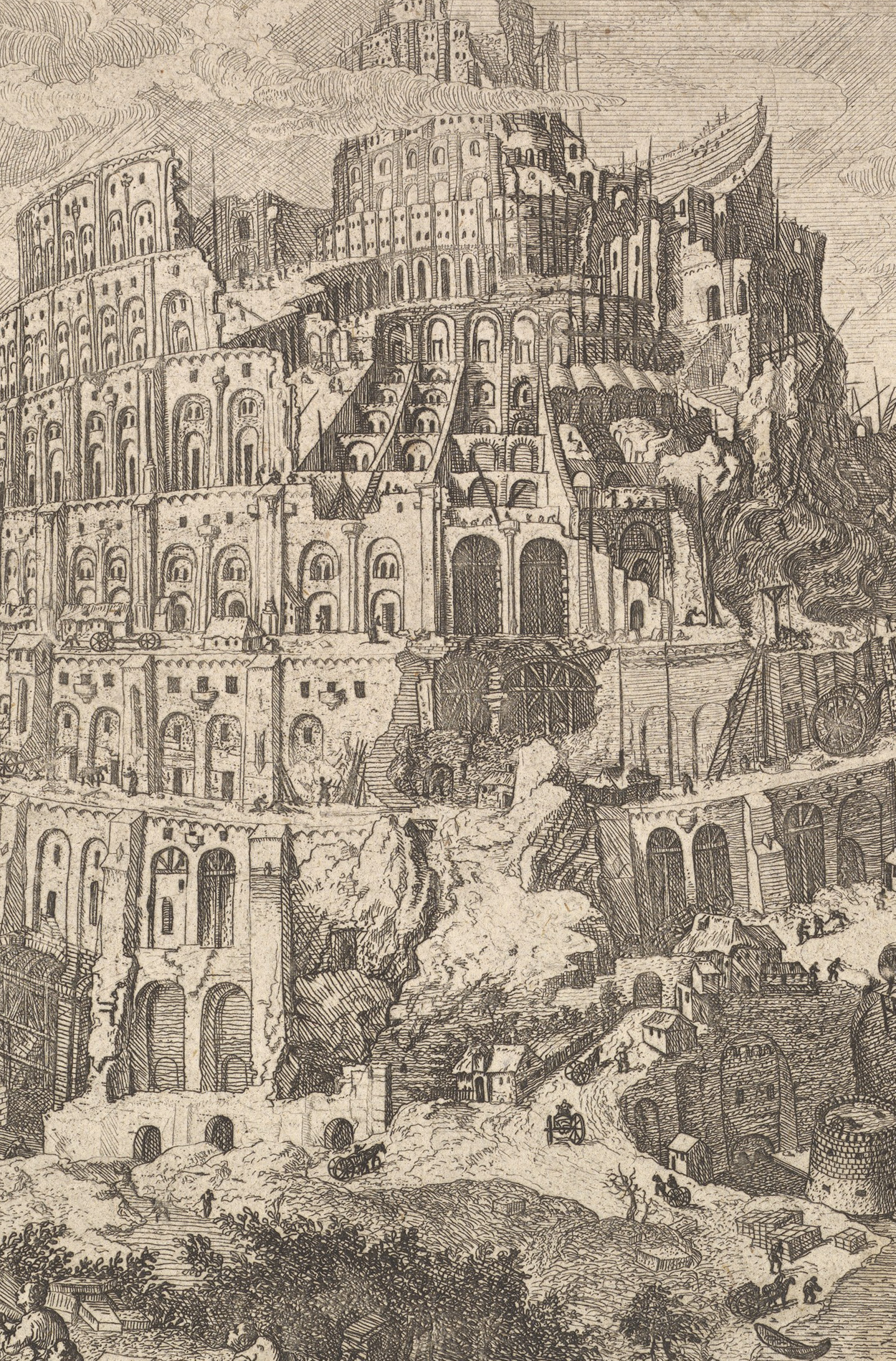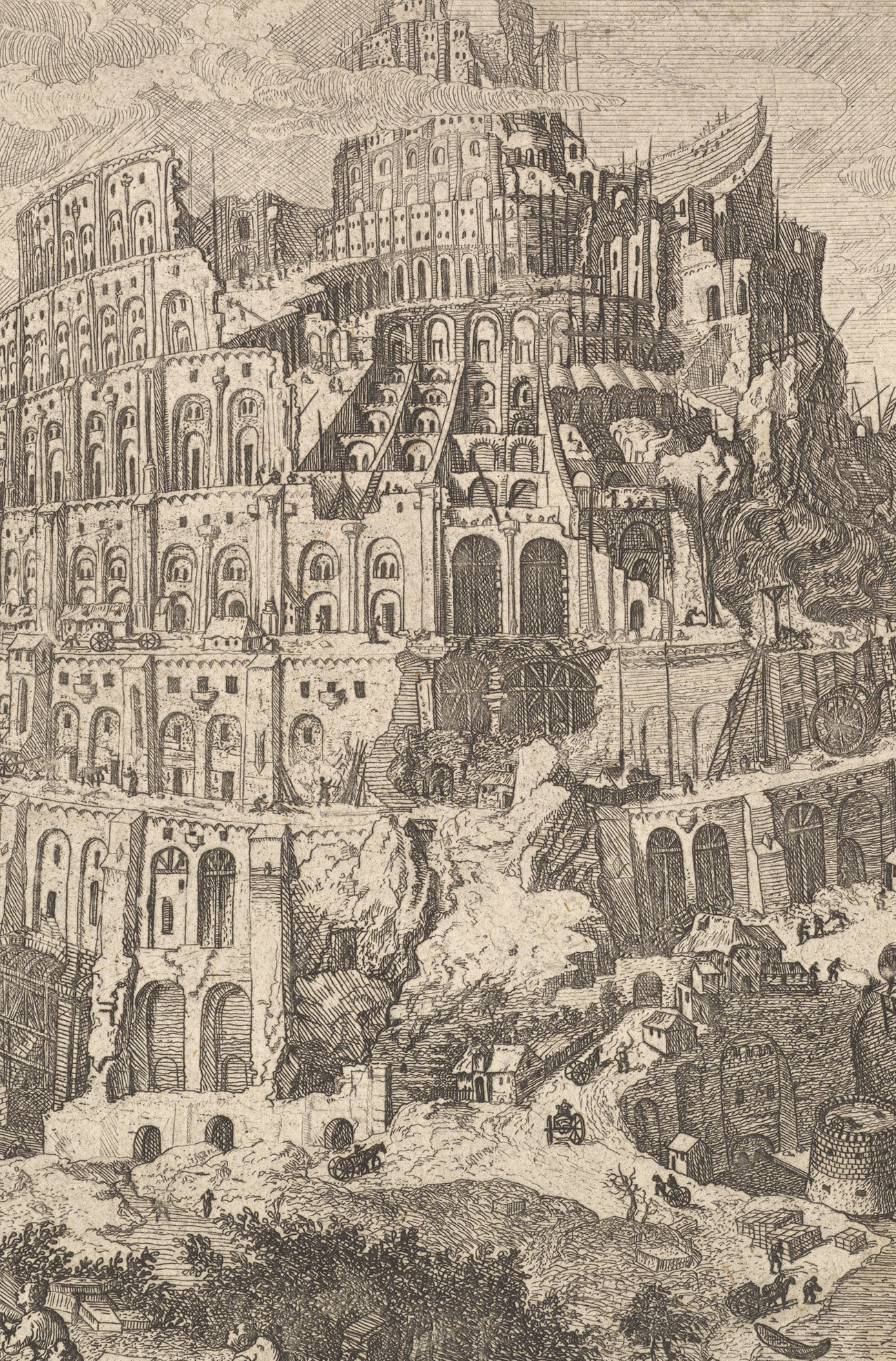Don’t Let COVID-19 Be a Language Killer
An endangered languages project seeks to develop a greater appreciation for our parents and grandparents as the links to our past and molders of our future




With the arrival of safe, effective coronavirus vaccines both in Israel and in the United States, many of our most vulnerable fellow citizens have already been inoculated against COVID-19. However, if the experience of the past year has taught us anything, it is that the risk of suddenly losing the elderly among us—and along with them, their memories, legacies, and immense cultural heritage—is disturbingly high, even despite the great medical advances of the modern period. Indeed, this might be one of the most important lessons of the pandemic: developing a greater appreciation for our parents and grandparents not only as loved ones but also as the links to our past and molders of our future.
Among the most underappreciated cultural assets held by our forebears are the Jewish languages that evolved over the generations throughout the diaspora and that continue to be spoken today, to a greater or lesser degree, in the United States, Israel, and many other countries. Whether they lived in Europe, North Africa, or the Middle East, pre-modern Jews developed their own versions of local vernaculars characterized by their distinctive pronunciations, lexical usages, and grammatical constructions, as well as their inclusion of Hebrew-Aramaic phrases and words. Arguably the two most famous Jewish languages (after Hebrew and Aramaic) are Yiddish and Judezmo/Ladino, the former having evolved from Middle High German and the latter descended from medieval Spanish. Crucially, both continued to be written and spoken by Ashkenazic and Sephardic Jews, respectively, following their expulsions from their native countries to territories where other languages were in use. However, modern linguists have identified numerous other, lesser-known Jewish languages as well, ranging from Judeo-Provencal, Judeo-Italian, and Judeo-Greek to Judeo-Arabic (in all its dialects), Judeo-Farsi (in all its dialects), and even Judeo-Malayalam.
As the daughter of North African immigrants to Israel, I grew up in a multilingual home where Judeo-Arabic was spoken on a daily basis. When it came time for me to decide what I wanted to focus my doctoral studies on, I chose to research the Hebrew component of the Arabic spoken by Tunisian Jewry. (Incidentally, the late professor Shelomo Morag’s groundbreaking research on Hebrew reading traditions for the Jewish Oral Traditions Research Center at the Hebrew University was uploaded to the website of the Academy of the Hebrew Language within the past few years.) As I recorded dozens of conversations with my informants and delved more deeply into the academic literature on the subject of Jewish languages—especially the work of Max and Uriel Weinreich on Yiddish—I became more and more aware of the immense cultural and historical value these languages hold. I have since become a professor in, and head of, the Department of Hebrew Language at the University of Haifa and edited an academic journal, Carmillim, devoted to the study of Hebrew and related languages.
While researchers working for the Columbia University-based Language and Culture Atlas of Ashkenazic Jewry (LCAAJ) in the 1950s and ’60s, and more recently for the Wexler Oral History Project of the National Yiddish Book Center and AHEYM: The Archive of Historical and Ethnographic Yiddish Memories at the University of Indiana, have successfully recorded thousands of hours of interviews with native Yiddish speakers, no comparable initiative has been undertaken to preserve the cultural treasures of other Jewish languages. The Endangered Language Alliance’s Jewish Languages Project and my friend professor Sarah Bunin Benor’s Jewish Languages website have made important contributions in this area, but so much more work remains to be done, and time is not on our side. (For a previous Tablet article covering the JLP’s efforts, see here, and for a recent essay by Prof. Benor on the significance of such efforts, see here.)
Recognizing the pressing need for a new project that would embrace the full spectrum of these language varieties, a few years ago, a small international group of colleagues and I founded Mother Tongue with the support of the Ben-Zvi Institute in Jerusalem, the Faculty of Humanities at the University of Haifa, and private donors. The initiative’s volunteers conduct audio or video interviews with Jewish language informants, asking them to recall their upbringings, recount folktales and myths, recite proverbs and poems, sing traditional songs, and describe local religious customs—all in their native tongues. Personally, I find particularly evocative the lullabies and children’s ditties, as well as the varied renditions of “Hatikvah,” that interviewees remember and share with us. The project’s bilingual website currently hosts close to 2,000 tagged clips freely available to all, and the languages represented include Judeo-Aramaic, Judeo-Georgian, Judeo-Tajik, Dari, Mahali, Pashto, and Western Yiddish, among many others. In the long term, we hope to expand the scope of the work by transcribing and translating these recordings, allowing researchers and members of the general public even greater access to the material.
However, in the short term, we remain focused on conducting more interviews while potential informants are still alive and well enough (both physically and mentally) to remember and use the language of their youth. If we miss the opportunities currently available to us, we risk not only language death (a major problem unto itself) but the disappearance of traditions and cultural assets known only to their living bearers. In the last year alone, we recorded interviews with two individuals, both of whom tragically died of complications from COVID-19 shortly afterward: David Jamal, rabbi of Har Halebanon in Midwood and a native of Beirut (his recordings are available here), and Eliyahu Shamaka, a farmer in Moshav Ahisamakh and a native of Msallata, Libya. (His recordings are available here.) Had we not met these men before the pandemic struck, their invaluable memories and oral legacies would have been lost to posterity.
Mother Tongue has gotten off to a great start in Israel (though much remains to be done here as well), but we cannot properly accomplish our goals without reaching Jewish language speakers in diaspora communities in North and South America, Europe, Australia, and elsewhere. To take one prominent example, according to an Endangered Language Alliance map, in the New York City metropolitan area alone, approximately 800 languages are used or taught, of which a significant number are Jewish (e.g., Biblical and Modern Hebrew, Hasidic and Litvish Yiddish, Judezmo/Ladino and Haketia, Tunisian and Egyptian Judeo-Arabic, Judeo-Kashani and Judeo-Isfahani and Bukhori, etc.). Of course, other cities are home to speakers of many other Jewish language varieties as well. Who will document the legends, expressions, jokes, superstitions, and customs preserved in the memories of these elderly Jews, some of whom are the last surviving members of their communities of origin?
This is where you come in. Equipped with a smartphone or other recording device, you can play the critical role of amateur ethnographer by arranging to interview your relatives (e.g., grandparents, parents, uncles and aunts), friends, or neighbors. The conversation can be structured in question-and-answer format, or it can be more casual and free flowing, but it is important that the informant speak in his or her mother tongue in order to capture not only the language itself but also the nuances of the person’s memories. On our website, we have compiled lists of tips for how to conduct a successful interview and of potential topics of discussion, ranging from everyday life to life cycle events to Jewish holidays to relations with broader society.
By covering a wide swath of Jewish experience, the conversation empowers the interviewee to preserve his or her own heritage and simultaneously ensures that generations to come can access, study, and be enriched by that fast-disappearing culture. Already I have seen these materials used not only in the halls of academe and in educational institutions, but by boys and girls hoping to connect with their ethnic and communal history in preparation for their bar and bat mitzvahs.
We have a golden opportunity now, before assimilation and the slow march of time efface these languages and the last of their speakers, to record them for the future; will we take advantage of it?
The author wishes to thank Shaul Seidler-Feller for consulting on the preparation of this article.
Yehudit Henshke is head of the Department of Hebrew Language at the University of Haifa. Her fields of interest include Mishnaic Hebrew, Jewish languages, Judeo-Arabic, and Modern Hebrew. She is also the founder and director of the Mother Tongue project.